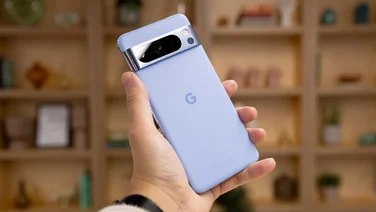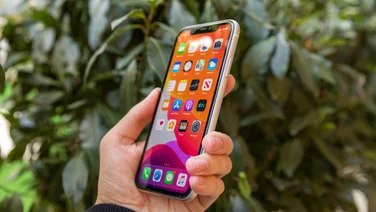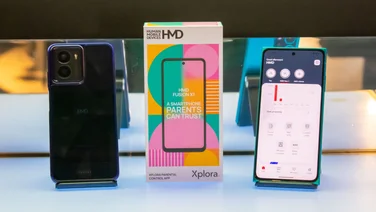To help us provide you with free impartial advice, we may earn a commission if you buy through links on our site. Learn more

Nokia’s E55 is the thinnest and lightest phone here, but its large screen and semi-QWERTY keyboard also make it one of the tallest. It still manages to house two cameras, including a 3.2-megapixel main camera with an LED flash, and has a 3.5mm headphone jack. The case feels tough, with a brushed-metal button bar below the screen and a metallic backplate with a funky machined pattern that improves grip. Many will be wary of the odd keypad, which features a QWERTY layout but has two characters per key. In practice, it’s easy to use: you either press once for the first character and twice for the second, which will suit those who are used to numeric keypads, or you can turn on word prediction, which guesses the word depending on which keys you press. We found this accurate and easy to use, as the keys feel more naturally placed for those who are used to a keyboard. If you’ve used a Nokia Symbian phone before and are familiar with its labyrinthine menu system, you’ll feel at home. However, if you’ve had a taste of the iPhone or Android interfaces, with their customisable home screens, intuitive menu systems and wide selections of apps, we don’t see why you’d subject yourself to Symbian. Nokia’s attempt at an application repository is based on its own Ovi portal, which is full of ringtones and wallpapers. This is no match for Apple’s App Store or the Android Market. Its social networking offerings and Music Store pale against Facebook and iTunes too. We can’t see anyone opting for the E55 on the basis of Nokia’s patchwork portal. The camera showed great colour accuracy and contrast in our low-light tests, with detail in dark areas. However, there was also noise in dark areas, and JPEG compression artefacts were obvious. The battery life of 13 hours 21 minutes was disappointing.
Nokia’s generally great hardware is let down by the software here. If you’re used to Symbian, you’ll find the E55 a great phone for messaging and office work, but it’s too complicated for consumers who want a no-hassle device for organising their social life. RIM’s BlackBerry Curve 8520 is better value.




